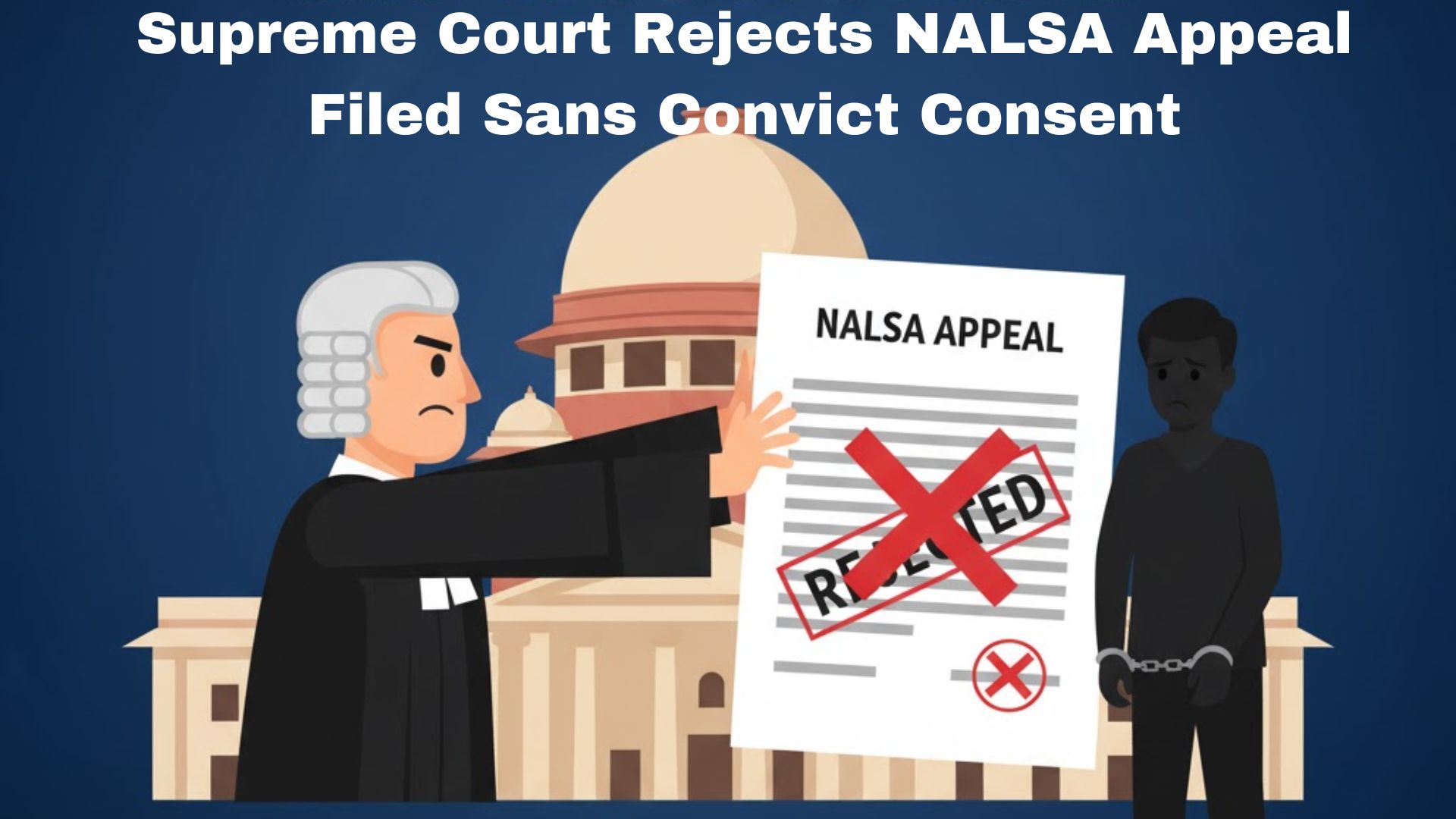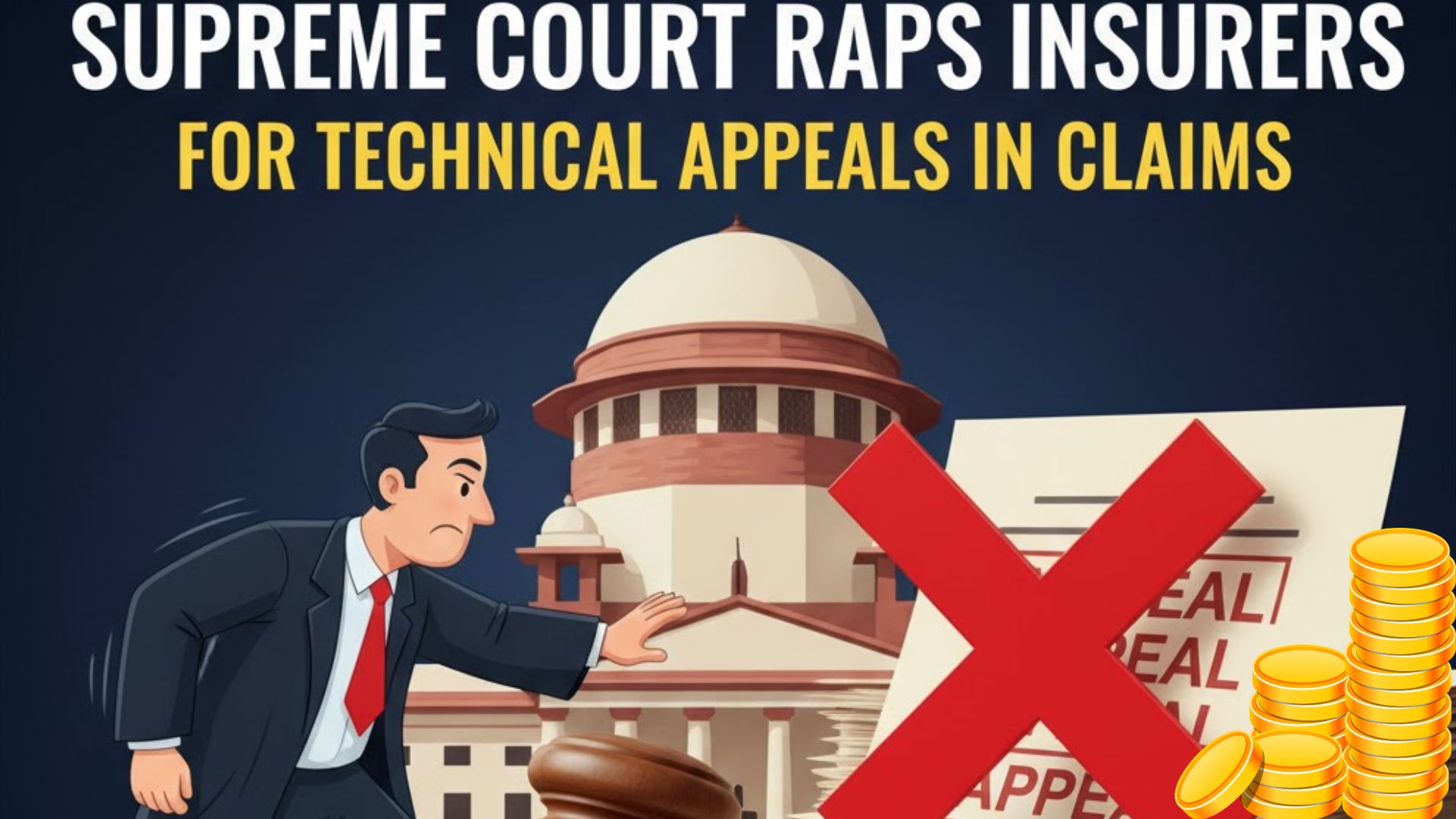R.C. Jain, J.@mdashA short but important question about the interpretation of the provisions of Order xxxvII of the CPC (for short called ''the Code'') arises in this civil revision u/s 115 of the Code directed against the order of the
learned trial court dated 12-1-2001 thereby dismissing an application under Order xxxvII Rule 4 read with Section 151 of the Code moved on behalf of the defendant petitioner herein for setting aside the decree dated 28-7-19999
passed in a summary suit filed b the plaintiff-respondent for the recovery of Rs.40,700/-.
2.The relevant facts which may be noticed for the purpose of the disposal of the present petition are that the respondent-plaintiff had filed a suit under Order xxxvII of the Code for recovery of Rs.40,700/- along with interest and costs
and summons for appearance was issued and the defendant entered his appearance. The suit was registered as a summary suit. Later summons for judgment were served. On 9-3-1999. Counsel for the defendant represented to the court
that he had received only copy of the plaint along with summons for judgment but no affidavit as required and referred to in Form No.4A of Appendix ''B'' of the Code was not received by the defendant. The court found that the plaintiff
had in fact not filed any such affidavit at the time of taking out the summons for judgment. Counsel for the plaintiff sought time to file appropriate affidavit in the court and the matter was adjourned to 6-4-1999 when an affidavit was filed
by the plaintiff, copy of which was furnished to the counsel for the defendant. Despite receiving a copy of the affidavit, the defendant did not choose to file a leave to defend application within ten days of receiving the affidavit and the
matter was adjourned to 27-2-19999 but the suit was not decreed on that date and the case was fixed for arguments on the application of the defendant for 28-7-1999 on which date there was no representation on behalf of the
defendant and the court after considering the matter, the affidavit and hearing the counsel for the petitioner decreed the suit for a sum of Rs.40,700/- along with costs and interest.
3.The petitioner-judgment debtor moved an application under Order xxxvII Rule 4 read with Section 151 of the Code praying that the said decree be set aside primarily on the ground that there was no proper service of summons for
judgment on the defendant and, Therefore, he had not filed the leave to defend application and consequently the decree passed on 28-7-1999 was liable to be set aside. The application was opposed on behalf of the decree holder on the
ground that the court was fully justified in passing the decree on 28-7-1999 because the judgment debtor had failed to file any leave to defend application in the matter within stipulated period and even failed to appear in the court for
arguments on the date when the decree was passed.
4.The learned trial court has dismissed the application of the judgment debtor primarily on the ground that there was proper service of summons for judgment upon the judgment debtor along with affidavit and the decree holder had
complied with the require ments as contemplated under Order xxxvII of the Code.
5.Learned counsel for the judgment debtor has assailed the impugned order mainly on the ground that the respondent decree holder was not within his rights to take out summons for judgment as contemplated by Sub-rule (4) of Rule 3 of
Order xxxvII unless he had filed an affidavit as referred to in the said Sub-rule and Form No.4A of Appendix ''B'' of the Code and the Court was not entitled to issue summons without the said affidavit, that the summons so issued
without a copy of the affidavit were not valid and in accordance with law and, Therefore, the petitioner judgment debtor was not under any legal obligation to file a leave to defend application. He in fact pointed out this defect in the
summons which the court ventured to rectify by allowing the plaintiff to file an affidavit at a and passing the decree was without jurisdiction and negation of the provisions of Order xxxvII of the Code.
6. I have given my thoughtful considerations to the submissions made by the learned counsel for the petitioner. Rule 3(4) and Form No.4A of Appendix ''''B'''' of the Code reads as under:-
(4)If the defendant enters an appearance, the plaintiff shall thereafter serve on the defendant a summons for judgment in Form No.4A in Appendix ''B'' or such other Form as may be prescribed from time to time, returnable not less than
ten days from the date of service supported by an affidavit verifying the cause of action and the amount claimed and stating that in his belief there is no defense to the suit.''''
.
'''' Form No.4A
.
'''' In the ......Court, at ....... Suit No...... of 19.....XYZ...........plaintiff
versus
ABC....................Defendant
.
Upon reading the affidavit of the plaintiff the Court makes the following order, namely:
.
Let all parties concerned attend the Court of Judge as the case may be on the ......day of..... 19....., at ...... O'' clock in the forenoon on the hearing of application of the plaintiff that he be at liberty to obtain judgment in this suit against the
defendant (or if against one or some or several, insert names) for Rs.......and for interest and costs.
.
Dated the ..... day of ..... 19.....''''
.
.
.
.
7.A bare perusal of the provisions contained in Sub-rule 4 of Rule 3 of the Order xxxvII of the Code (supra) would clearly lay down that a separate affidavit verifying the cause of action and the amount claimed and further stating that in
the belief of the plaintiff the defendant has no defense to the suit must accompany the summons for judgment in Form 4A in appendix B or such other as may be prescribed from time to time. The Form No.4A also has a specific reference
about such an affidavit the word , ''''upon reading the affidavit of the plaintiff the Court makes the following order''''. It abundantly made clear that the filing of the affidavit containing above assertions is a pre-condition for obtaining and
issuing the summons for judgment. Admittedly in the case in hand no such affidavit as envisaged by Sub-rule (4) of Rule 3 of Order xxxvII of the Code was filed by the plaintiff or was before the Court while issuing summons for judgment
in Form No.4A. The question is as to whether such a summons for judgment can be termed as valid without compliance of the said provisions? The answer would be a plain no and it is for the simple reason that the provisions contained
in Sub-rule 4 of Rule of Order xxxvII of the Code are mandatory and it do s not admit of any relaxation or exception because of the consequences which they entail owing to its non-compliance. For instance if either the appearance is not
entered upon by the defendant within a period of ten days from the service of summons for appearance in Form No.4 or defendant fails to file leave to defend application within a period of ten days from the service of summons for
judgment in Form No.4A, the natural consequence which would follow is that the averments and allegations made in the plaint shall be deemed to be admitted and the plaintiff shall be entitled to a decree of the suit amount. The Legislature
in its wisdom has laid far reaching consequences for the defendant and Therefore the defendant in all fairness should also be entitled to strict compliance of the said provisions on the part of the plaintiff, Therefore, it is manifest that no
summons for judgment as envisaged by Sub-rule 4 of Rule 3 of Order xxxvII of the Code can be obtained and issued without filing of the affidavit and unless the Court had recorded its satisfaction and a copy of the said affidavit filed by
the plaintiff is also accompanied with the summons for judgment in Form No.4A of Appendix B. The summons for judgment in Form No.4A of Appendix B without a copy of the affidavit of the plaintiff cannot be said to be valid
summons for judgment. In the case in hand admittedly no affidavit was filed by the plaintiff at the time of taking out the summons for judgment nor any copy accompanied the summons for judgment in Form No.4A and, Therefore, the
service of summons upon the defendant in this case has to be held as invalid and no service in the eyes of law.
8.Now the next question is as to whether the said defect appearing in the summons for judgment can be cured subsequently simply by filing an affidavit subsequently by the plaintiff, copy of which, of course was furnished to the defendant.
In the opinion of this Court and for the same reason that the summons for judgment issued in this case were defective and in valid for want of affidavit, the most appropriate and legal course for the trial court was to have issued a fresh
summons for judgment Along with a copy of the affidavit rather than to all upon the plaintiff to file an affidavit and reply upon the same for the purpose of passing a decree. The very fact that the learned trial court had not decreed the suit
at once after supply of the copy of the affidavit to the defendant and had posted the case for arguments and disposal of the application moved by the defendant on several dates itself shows that the court was entertaining a serious doubt
about the validity of the summons for judgment issued by it else if the trial court treated the subsequent filing of the affidavit a compliance of the provisions of Sub-rule 4 of Rule 3 of Order xxxvII of the Code, it would have then and there
notified the defendant that the defendant will be deemed to have been served with the summons for judgment on that date and then he could be called upon to file a leave to defend application, if any, within ten days from the said date.
However, nothing of the sort was done and the court kept on adjourning the matter for hearing and disposal of the application moved by the defendant. In the opinion of this Court learned trial court has erred in relying and acting upon the
subsequent affidavit and treating the same as due compliance for issuing the summons for judgment and passing the decree. The defendant was not obliged to file a leave to defend application against an invalid and defective summons for
judgment. Having regard to the entire background of the matter and the defect appearing in the summons for judgment, in all fairness the court ought to have exercised its jurisdiction and discretion in allowing the application rather than
dismissing it.
9.For the above stated reasons, this Court is of the opinion that the impugned order cannot be legally sustained. The revision petition is accordingly allowed and the impugned order dated 12-1-2001 and the judgment and decree dated
28-7-1999 are hereby set aside and the application moved under Order xxxvII Rule 4 of the Code by the petitioner judgment debtor is hereby allowed. As the defendant had already entered appearance pursuant to summons issued to
him in Form No.4 and there has been no valid service of summons for judgment it will be open for the respondent plaintiff to take out fresh summons for judgment in accordance with law. The parties to appear before the trial court on 8th
September, 2003.

